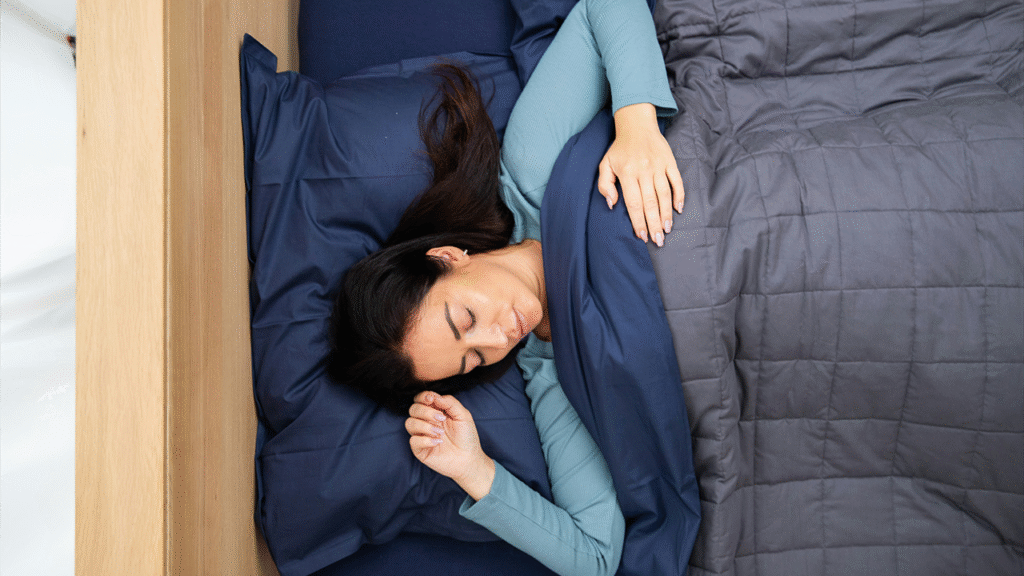It’s common for herniated disc patients to experience sleepless nights. It is inevitable not to get sleep when a herniated disc presses on nerves and disrupts your comfort. If tossing and turning have become part of your routine, you’re far from alone and relief is closer than you think. Practical, expert-backed strategies that can ease pain and help you reclaim restful sleep.
1. Find the Right Sleeping Position
- On your back: Place a pillow under your knees to support natural spinal curvature and reduce pressure on your lower back.
- On your side: Bend your knees slightly and add a pillow between them. This alignment keeps your hips balanced and your spine neutral.
Avoid sleeping on your stomach, it forces your neck and spine into unnatural positions and may worsen disc strain.
2. Support Your Mattress and Pillow
- Mattress firmness: Choose medium-firm for best spine support. If yours is too soft, add a sturdy topper.
- Pillow height: For back sleepers, use a low pillow; for side sleepers, a firm, high one to align your neck with the rest of your spine.
A well-selected mattress and pillow can make a dramatic difference in spinal comfort.
3. Establish a Calming Bedtime Routine
- Gentle stretch: Before bed, try knee-to-chest or piriformis stretches to relax back muscles.
- Warm bath: A brief soak can soothe muscle tension and reduce nerve irritation.
- Mindfulness or breathing: Slow, deep breaths help reduce pain perception and prepare your body for restful sleep.
4. Pre-Sleep Movement and Posture Check
- Review evening activities: Avoid bending forward or lifting heavy items before bed. They can exacerbate disc pressure.
- Gentle walking: A slow-paced 10-minute walk helps circulation and muscle relaxation, easing you into sleep mode.
5. Use Cushioning Supports
- Lumbar roll: A small cushion placed under the lower back while sleeping offers extra support.
- Body pillow: Great for side sleepers, helps maintain proper alignment from neck to knees.
6. Time It Right
- Consistent schedule: Go to bed and wake up at the same time every day to regulate your body’s rhythm.
- Limit naps: If needed, keep naps under 30 minutes and wrap them up before mid-afternoon so your main sleep isn’t affected.
7. When to Seek Professional Help
If sharp pain, tingling, or muscle weakness persists at night despite these adjustments, it’s time for expert support. Orthopedic Spine Specialists may suggest:
- Targeted physiotherapy
- Disc-friendly exercise plans
- Medications or epidural injections
- Advanced herniated disc treatment, including minimally invasive procedures, if conservative methods don’t bring relief.
Why This Matters
Closing the day feeling sore or stiff sets the stage for restless sleep, daytime fatigue, slower healing, and increased pain sensitivity. In contrast, the right sleep habits help calm inflammation, support repair, and promote better spinal alignment, all essential parts of herniated disc treatment.
Your First Move Toward Better Sleep
Sleeping well with a herniated disc isn’t just a dream, it’s a vital part of treatment that starts tonight. Try incorporating these simple adjustments and observe which ones bring the best results for you.
If discomfort still keeps you awake, why not consult Orthopedic Spine Specialists for a comprehensive herniated disc treatment plan tailored just for your sleep needs? Book your appointment with Orthopedic Spine Specialist today, and give your spine and your sleep the care they deserve.




